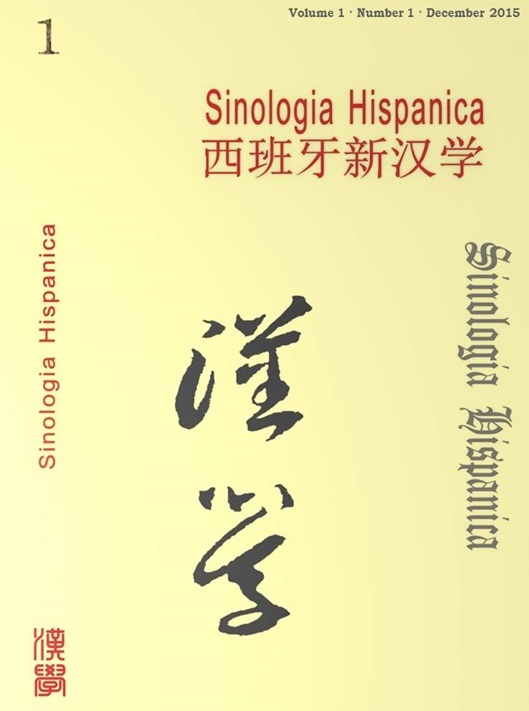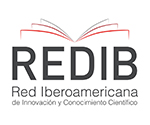“构式-语块”理论与国际 汉 语教学研究的新视角——以现 代汉语补语为例 = “Construction-Chunk” Theory and the New Angle of International Chinese Teaching and Research: A Case Analysis on Complements of Mandarin Chinese
DOI:
https://doi.org/10.18002/sin.v1i1.5185Keywords:
“构式-语块”;理论;搭配;补语;国际汉语教学 Construction-Chunk Theory, collocation, complements, International Chinese TeachingAbstract
在对外汉语教学和国际汉语教学50 多年
的发展历程中,由于受到现代汉语传统语法研
究的影响,语法教学(即句法规则的教学)与
词汇教学一直相互脱节,真实语言中大量介于
词和句子之间的语言单位受到忽略,而这些语
言单位在对外汉语词汇教学和语法教学中都起
着重要的作用,是各类教学法都不可忽视的一
个环节。本文尝试以“构式-语块”理论为依据,
从搭配的视角对现代汉语中的补语进行分析和
阐释,以此探讨“构式-语块”理论对国际汉语
教学和研究的意义
In the past fifty years, under the influence
of traditional grammatical study of modern
Chinese, people working in the field of teaching
Chinese as a second language and International
Chinese Teaching have been treating grammar
teaching (i.e. teaching of sentence patterns)
and vocabulary teaching as two independent
parts. As a result, many language units between
lexical words and sentences in real life
communication have been neglected although
these units play an important role in both
vocabulary teaching and sentence pattern
teaching in International Chinese Teaching and
deserve due attention within any teaching
approach. Based on the “Construction-Chunk”
Theory, and guided by the concept of
“collocation”, the article analyses complements of Mandarin Chinese in order to discuss the
function of the “Construction-Chunk” Theory on
International Chinese Teaching and research
Downloads
Métricas alternativas
Downloads
Published
How to Cite
Issue
Section
License
Copyright (c) 2017 Zhou Fang

This work is licensed under a Creative Commons Attribution-NonCommercial-ShareAlike 4.0 International License.
Sinología Hispánica. China Studies Review considers all manuscripts on the strict condition that:
- The authors assign the exploitation rights (reproduction, distribution, public communication and transformation) of the work accepted for publication to the University of León on a non-exclusive basis. Authors can establish, on their own, additional agreements for the non-exclusive distribution of the version of the work published in the journal (for example, placing it in an institutional repository or publishing it in a book), always acknowledging the initial publication. in this magazine.
- The manuscript is your own original work and does not duplicate any other previously published work, including your own previously published work.
- The manuscript is not currently under consideration or peer review, nor accepted for publication, nor in press, nor published elsewhere.
- The manuscript contains nothing that is abusive, defamatory, libellous, obscene, fraudulent, or illegal.
- Please note that Sinologia Hispanica uses Turnitin software to screen manuscripts for unoriginal material. By submitting your manuscript to Sinologia Hispanica you are agreeing to any necessary originality checks your manuscript may have to undergo during the peer-review and production processes. Any author who fails to adhere to the above conditions will be rejected.
- Authors are allowed and encouraged to electronically disseminate the pre-printed versions (version before being evaluated) and / or post-printing (version evaluated and accepted for publication) of their works before publication, since it favors their circulation and dissemination more early and with it, a possible increase in its citation and reach among the academic community.
Sinologia Hispanica is under an international license Creative Commons Attribution-Noncommercial-Share Alike 4.0. You can read more about this license in an informative version and legal text.








